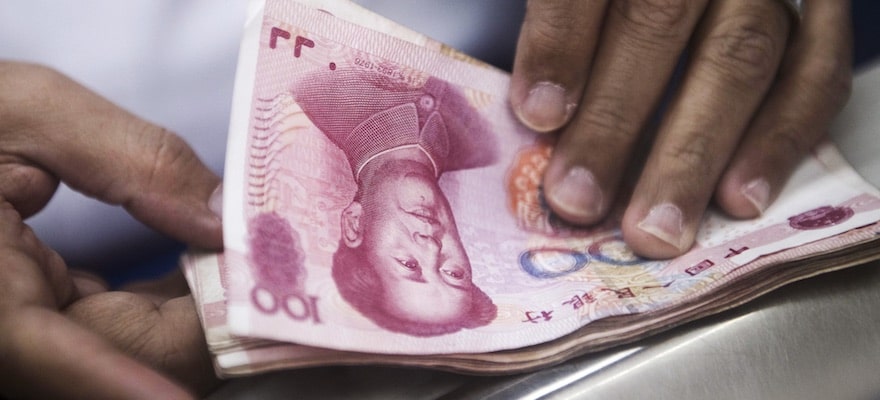SWIFT, a global provider of financial messaging services, has released its monthly collection of data as part of its RMB tracker, which showed a rather uneven exposure of the Chinese currency relative to others during June 2016, having fallen to the sixth most utilized in the world, according to a SWIFT statement.
RMB adoption across the US and international Payments venues has been a mixed bag – on the one hand, centers such as New York are vying for RMB market share in direct competition with other leading financial nexuses such as London. Outside of this space however, payments in RMB back in May 2016 ultimately failed to accrue any momentum, declining by -1.6% YoY relative to May 2015.
RMB Takes Back Seat to CAD
Fast forwarding to June 2016, SWIFT’s RMB Tracker showed that the RMB has been overtaken by the Canadian dollar (CAD), which now boasts a 1.96% share of world payments currencies. Coming in sixth place is the RMB with 1.72% world share. The latest results constitute a methodic, albeit expected, slowdown for the currency in 2016 given the RMB’s continued path towards internationalization.
Moreover, June 2016 saw the adoption of the RMB across upwards of 1,800 financial institutions worldwide, which rely on the RMB for payments and a number of other e-commerce activities. Looking at last year, this was reflective of a 12.0% YoY growth from June 2015.
During H1 2016, the RMB’s position in the Asia-Pacific (APAC) region has also waned, with the JPY inching past the Chinese currency to become the most active currency within APAC for payments with China and Hong Kong – this represented a 32.8% market share, with the RMB having 31.2% during the same period.
This was partly due to a host of new offshore centers in such areas as Seoul and Canada, as well as the United Kingdom, currently the number one center after Hong Kong, that processes 24.4% of RMB payments, excluding China and Hong Kong.
Finally, SWIFT’s tracking data also was influenced by Volatility in the Chinese market and the general slowdown of the Chinese economy as the most likely factors to have dictated offshore RMB usage during H1 2016.

















